Gardening can be a calming and stimulating endeavor post retirement. Studies suggest that gardening is associated with several health benefits for seniors, including enhanced cognition, stress reduction, increased vitamin-D levels, and reduced risk of dementia. The best part is that you don’t really require a garden; you can grow succulent houseplants in your home balcony or backyard or even add a pop of green to your home. Let’s explore some common houseplants and easy gardening ideas.
Houseplants that seniors can grow easily
1. Spider plant
Spider plants thrive in areas with average temperature and humidity and require only slight soil moisture. So, you do not need to water this plant more than once a week for it to sustain. Moreover, it does not require direct and heavy sunlight and can be easily grown indoors in areas with partial sunlight. Also, fertilize spider plants only once in about four months to get rid of any pests and insects; frequent fertilization can stunt their growth. Due to such reasons, the spider plant is one of the easiest indoor plants to take care of.
2. Aloe vera
The aloe vera plant is known for its antioxidant properties. In fact, it is a natural healing agent for the skin; even a thin layer of aloe vera gel can help eliminate wrinkles, hydrate the skin, and repair damaged cells. The best part is the ease with which you can grow aloe vera at home and reap the benefits of glowing skin and healthy hair.
To begin with, water your aloe vera plants about two times a week on average and reduce the frequency to once every three weeks during winter. Ensure you don’t overwater the plant as it may lead to droopy aloe leaves and brown leaf tips.
3. Snake plant
It is a common houseplant owing to its ease of propagation and low maintenance requirements. You can easily propagate it by inserting a 3-4-inch snake plant leaf cutting into moist soil. Due to the plant’s high drought-tolerance levels, watering it about two times a week is sufficient for it to thrive. It can even survive without water for over two weeks and does not even require a lot of fertilizers or pesticides. You can feed the plant with a houseplant fertilizer solution just a couple of times a year, making it one of the best low-maintenance plants.
4. Burro’s tail
Similar to the snake plant, you can propagate this esthetically pleasing houseplant easily through leaf cuttings or stems. Moreover, Burro’s tail requires watering only once every 10 days to two weeks, depending on the weather conditions and humidity. This plant typically grows gradually and does not require any fertilizers. Exposure to sufficient sunlight and repotting it once a year can ensure a healthy Burro’s tail plant with minimal maintenance and effort.
5. Pothos
Also known as devil’s ivy, pothos is classified as one of the easiest plants to take care of. The flowering plant is visually appealing and can be a great addition to your home garden. It is incredibly easy to maintain as all you need to do is ensure that the soil dries out completely between two rounds of watering the plant. Furthermore, you need not grow pothos in soil, it can be easily grown in containers with water, making it one of the best plants for a home.
6. Ponytail palms
These indoor plants have long lives and thrive on less water. Although bright sunlight is ideal for ponytail palms, they can easily survive on exposure to direct sunlight for only a part of the year. Further, these plants require repotting only after the roots are firmly settled in the soil. You may feed them with a fertilizer two to three times a year as excessive use of fertilizers can cause brown tips to develop on the leaves. Ponytail palms are among the best plants for houses inhabited by seniors.
7. Jade plant
These succulents are among the easiest plants to take care of as you may water them once every two to three weeks during summer and only once a month in winter. Even in humid weather conditions, it suffices to water these plants once or two times a week. Remember to feed your jade plants with fertilizers once every three to four months or more frequently during the growing season. These plants are suitable for senior citizens owing to their low maintenance needs.
8. Lucky bamboo
This easy-care houseplant thrives on indirect sunlight, well-drained, good-quality potting soil, and two to three times a week of watering. You can also choose to grow the plant in water. In the latter scenario, you must ensure to change the water once a week. The lucky bamboo plant does well with fertilization once every two months; nevertheless, it can also sustain without fertilizers for longer periods. If you are growing the lucky bamboo plant in water, it is best to fertilize it after changing the water. Composted horse manure is the preferred natural fertilizer for this plant.
9. Peace lily
Peace lilies are easy to grow and care for, making them suitable for seniors. While these plants require moist soil, it suffices to water them once a week for the best outcomes. Drooping leaves indicate that the plant requires watering. You may grow these plants in areas with less sunlight, as they can bear flowers even with two to three hours of sunlight a day. Further, fertilizers slightly higher in nitrogen are suitable for peace lilies. It helps to fertilize these plants once every six weeks.
10. Morning glory
Morning glory is a visually appealing and perfect low-maintenance option for senior citizens. It requires watering once or two times a week during dry weather conditions. Moreover, the plant is resilient to humidity and dry weather and the frequency of watering can be reduced during winters. It needs fertilization every four to five weeks.
11. Cast-iron plant
Cast-iron plants can grow on any soil type, and you may water these plants once every ten days. It can survive dry conditions and does not require too much water, making it a common indoor plant and a suitable choice for seniors. The best part is you can use any regular potting soil mix to grow this plant indoors and the cast-iron plant does well with a fertilizer feed once a month.
12. Rubber plant
The rubber plant is extremely easy to grow and requires watering only once in two weeks, except in humid conditions, when you may water it more frequently. The plant does better with dry soil, so ensure you avoid overwatering it and poke sufficient drainage holes at the base. It helps to fertilize this plant once every two weeks during the growing months.
13. Air plant
Air plants do not need soil, as they absorb the required water and nutrition from the air through scales located on their leaves. So, these easy-care indoor plants are highly suited to seniors as they require minimal maintenance. Moreover, they can be grown in any weather conditions and less light.
Innovative ideas for seniors to grow houseplants
Growing a houseplant can be an incredibly enriching activity and a mood booster. Several studies have shown that gardening activities can enhance psychological well-being and ensure stress relief. Some innovative gardening ideas can help elevate the experience for seniors.
1. Create eggshell seed starters
These unique DIY seed starters created out of eggs can be a fun-filled activity you can enjoy alone or with your loved ones. Begin by poking tiny drainage holes at the base of eggshells and filling over 50% of the shells with soil mix. Sow seeds of your choice, cover them with some soil, and water it lightly. Leave the eggshells under partial sunlight and watch them sprout tiny saplings. You can also decorate or paint your seed starters as desired.
2. Grow your food
One of the best ways to ensure healthy eating is to grow your food-based plants from scratch. Some of the best low-maintenance indoor food-based plants include carrots, cilantro, beetroot, lentils, climbing beans, chili, and bush tomatoes. If required, you can appoint a gardener or get family members and friends to participate in this activity to seek assistance.
3. Paint your pots
Painting your pots with vivid colors of your choice can awaken the artist in you and serve as a fun-filled activity to kickstart your home gardening. You may customize them with your favorite designs and involve your loved ones in the activity for some added fun.
4. Facilitate a smart garden
Smart gardens are trending today, thanks to the sheer convenience they facilitate. Involving app-controlled light features and schedules, automatic watering, and a host of other features, smart garden facilities can help individuals with mobility issues maintain appealing indoor gardens. It is best to consult an expert at every step while establishing your smart garden.
5. Introduce hanging pots
Hanging pots or baskets around your windows can enhance the overall look and feel of your home and ensure effective space utilization. Get creative and prepare DIY hanging pots out of ropes, or purchase some innovative ones from the market and grow plants of your choice. Ferns, petunias, pansies, succulents, and fuchsias are some of the most visually appealing options when grown in hanging pots.
6. Build a terrarium
A terrarium refers to a miniature garden created inside small glass containers, which are typically sealed. The best part is that it can be of any size, based on your preference. All you need to build a terrarium is a container, some potting mix, seeds, and stones, and you are all set for a fun-filled gardening experience. This activity can be enriching and help you create miniature indoor gardens with ease.
7. Decorate your home with succulents
Succulents are not only easy to care for and maintain but also esthetically appealing. They help enhance the look of your home and can be placed on side tables, window sills, the dining area, or in the backyard, based on your home decor. You can also color-coordinate the pots of these succulents with the rest of the furniture and accessories and choose pots of different sizes and shapes to make it iconic.
8. Propagate plants using stem cuttings
Some of the easiest houseplants to propagate and grow are the ones planted using stem cuttings. It is possible to propagate several houseplants, including mint, rose, dumb cane, Christmas cactus, and English ivy, through stem cuttings. Such plants often require less maintenance and are some of the most senior-friendly houseplants. The process to propagate houseplants is making a small cut diagonally at the base of the stem, plucking out any leaves on the bottom nodes, and planting the cuttings in soil or water. In the latter scenario, you would typically need to transfer the cutting to a pot filled with soil once the roots begin growing.
9. Collect seeds from fruits and vegetables
Another fun-filled and sustainable gardening activity is to collect seeds found in fruits and vegetables you consume and sow them in pots to grow your favorite plants. However, not all seeds bear plants suitable for indoor gardening; hence, some research on the different types of houseplants best for seniors is essential before engaging in this activity.
10. Create elevated garden beds
You may take some professional help to build elevated garden beds around your home and decorate it with your preferred plants. These garden beds can beautifully decorate your front yard and welcome visitors with their resplendence.
11. Make gardening a collaborative activity
One of the most enjoyable activities while gardening is interacting with others during this process. Thus, you may invite your significant others, family members, friends, neighbors, etc. to collaborate in the activity, perhaps taking turns to water and feed the plants or coming up with innovative ideas. Such collaborative activities enhance social well-being and take the gardening experience to a different level.
Tips to remember to care for houseplants
One of the most essential aspects of gardening is understanding the requirements of each plant and remembering to tend to them accordingly. Check out these handy tips to help you remember to water and feed your plants regularly.
1. Designate “gardening days”
An effective hack to remember to water your plants is to designate specific days of the week as “gardening days” and inform your loved ones about them. In this way, they can remind you to water your plants when required. This hack works best for houseplants that do not require watering on a daily basis. It is a suitable tip for all the houseplants discussed earlier.
2. Set reminders on your phone
Setting reminders on your phone ensures you never miss watering your plants. You can use technology to your advantage to ensure that you meet your gardening goals.
3. Journal your plants’ progress
Journaling can help you remember and track future events, daily happenings, and important information. In the context of gardening, you can record houseplants you are growing, when they must be watered, and whether they require fertilizer feeds. It can also help you reflect on your plants’ growth.
4. Discuss the growth of your houseplants with others
Discussing everything about your houseplants with your loved ones can help you articulate better and remember each plant’s requirements. It also allows more persons to get involved in the activity, ensuring that your plants always receive adequate care, watering, and feeding.
5. Delegate the daily tasks
Another way of facilitating regular feeding and watering for your plants is to delegate daily gardening tasks like watering and pruning to a gardener or an interested friend or family member. However, you can choose to stay active in the home-gardening process by exploring new houseplants to grow, engaging in DIY gardening activities, and understanding each plant’s unique requirements.
6. Prepare a comprehensive watering schedule
A watering schedule or calendar is an effective way to designate specific days to water and feed different houseplants. You may prepare this calendar based on the ideal frequency of watering and fertilizing your plants. You can even designate specific days for other activities like pruning. Such calendars can help ensure regularity in your gardening activities.
7. Mention the watering days on the pots
You may jot down key information, such as watering days and frequency, on the pots to avoid confusion. This hack can help you regularly water your plants as per the days mentioned on the pot, ensuring regular watering.
8. Use technology effectively
As mentioned earlier, the use of smart-garden tools and techniques can help you water your plants regularly. Features like automatic watering are also suited to individuals with mobility problems and those who have a tendency to forget watering their plants. It is best to learn more about smart gardens and their features and consult a professional to set up such amenities in your home garden.
Incredible benefits of gardening for seniors
Gardening ensures that you are physically active, which can help prevent diseases affecting mobility, such as osteoporosis.
2. Facilitates mental well-being
As per a study by the Journal of Environmental Psychology, approximately 2.5 hours of gardening per week is linked with enhanced mental health among older adults. It helps with emotional regulation and stress relief, facilitating your overall mental well-being.
3. Increases vitamin-D levels
Gardening encourages you to spend time in the sun and boosts your mood. It replenishes your body with vitamin D, which is required to absorb calcium and prevent osteoporosis and is a common deficiency among seniors.
Studies have shown that gardening is associated with enhanced heart health and lower mortality rates among older adults. Further, individuals engaged in gardening are likely to intake fruits and vegetables at least five times a day.
5. Reduces the risk of Alzheimer’s and dementia
A study by the Royal College of Physicians found that regular gardening is associated with reduced susceptibility to dementia among older adults. In fact, several individuals with mental health issues and learning disabilities in northern Europe are referred for a specific period of work in functional farms.
6. Gives access to healthy produce
You can get your hands on fresh produce by growing fruit and vegetable-bearing plants in your backyard. Have some of the best low-maintenance food-based plants in your garden and take a step toward creating a healthy lifestyle.
7. Provides a sense of accomplishment
You may look for productive ways to utilize your time after retirement. Gardening is a fruitful yet challenging activity that can provide you with a sense of purpose and accomplishment. It can keep you engaged for a long time and promote goal-setting.
8. Enhances cognitive functions
A Home Care Assistance research study has revealed enhanced cognitive functioning among seniors who engaged in regular gardening activities like digging, fertilizing, and watering, which require increased awareness of the external environment. This is primarily because gardening challenges you to implement skills that you’ve already learned and cultivate new ones while understanding each plant’s requirement and tending to it accordingly. Such activities can increase your mental stimulation and help with better cognition.
9. Reduces symptoms of depression
Gardening is known to promote serotonin secretion, which helps increase your happiness levels. This hormone also enhances overall relaxation and can help prevent depression.
Gardening is a fun way to spend time with your loved ones. If practiced as an interactive activity, it can enhance social well-being and help you meaningfully engage with the significant persons in your life.
Plants act as lungs to the planet, providing us with much-needed oxygen and making the earth a habitable place. Home gardening is a great way to ensure that you do not have to travel far or change your daily routine to reap the benefits of greenery and gardening.
Houseplants are easy to grow and do not require too much effort on your part. Choosing a houseplant involves understanding its different characteristics and requirements, researching its life expectancy, possible challenges, and much more to make an informed decision. It is also important to understand the plant’s suitability for indoor gardening and the frequency of watering and fertilizing it to ensure that it stays healthy. Finally, delegating some gardening tasks and sharing the responsibility with your loved ones can help you prevent overexertion while also being physically and mentally engaged.


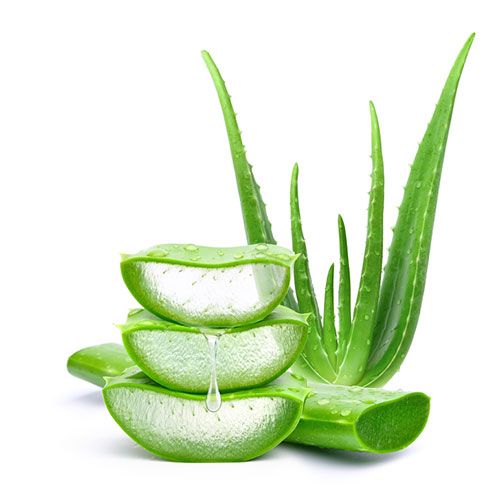
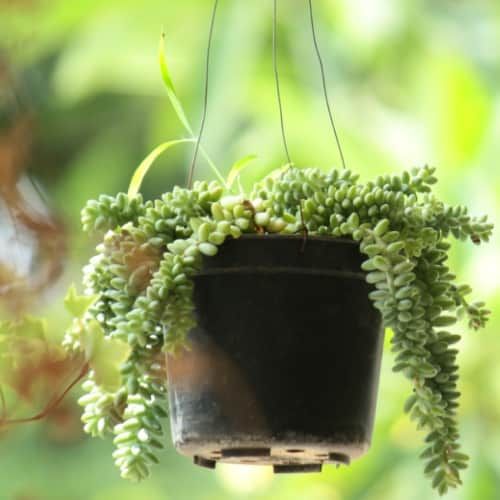
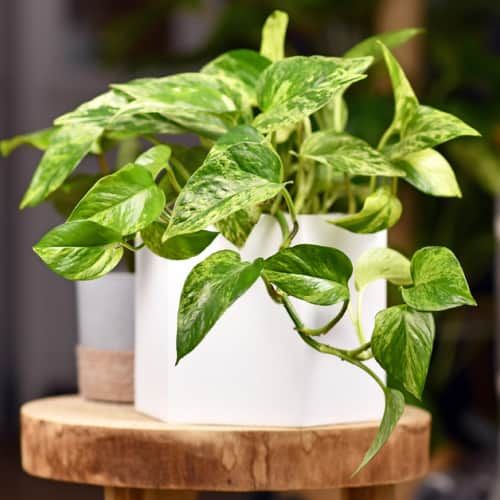

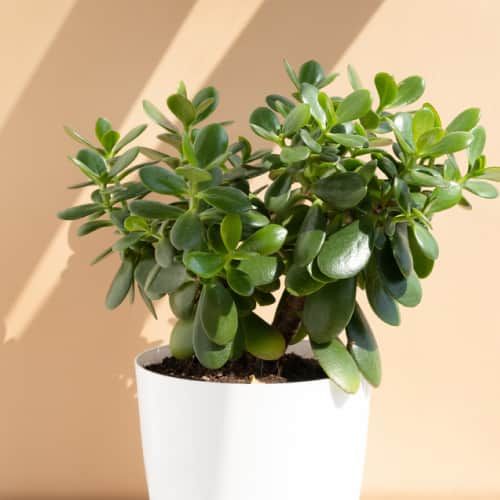
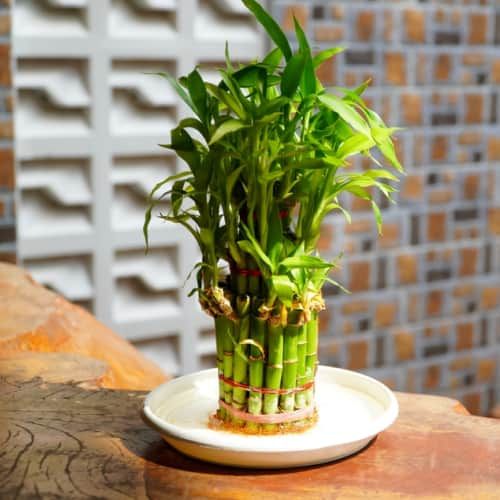
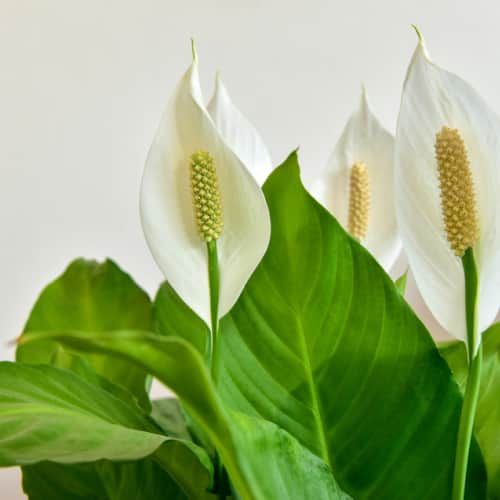
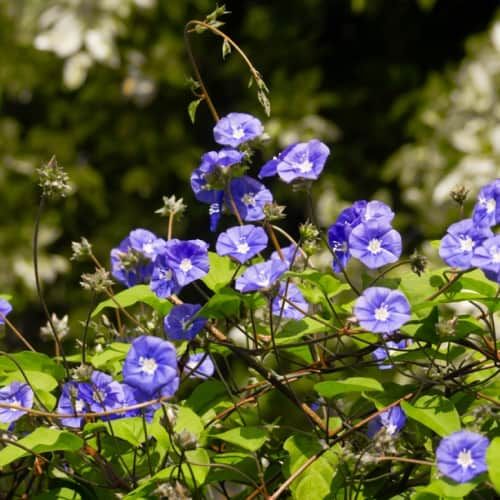
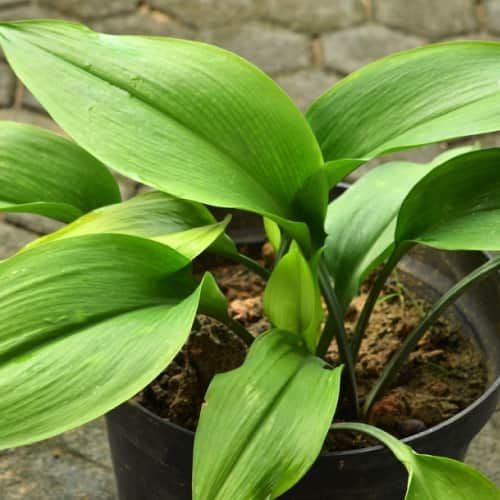
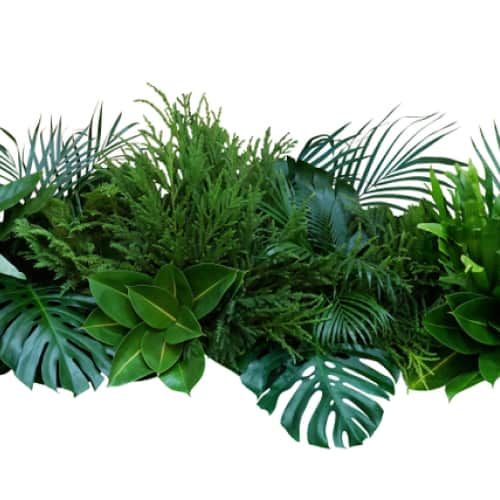
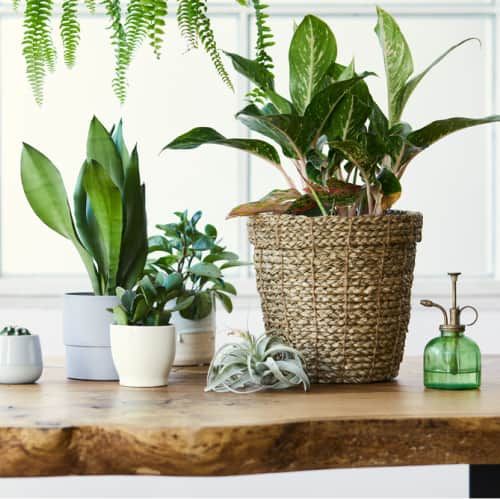
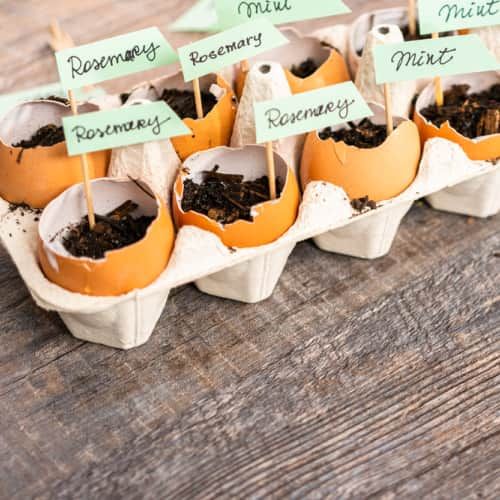
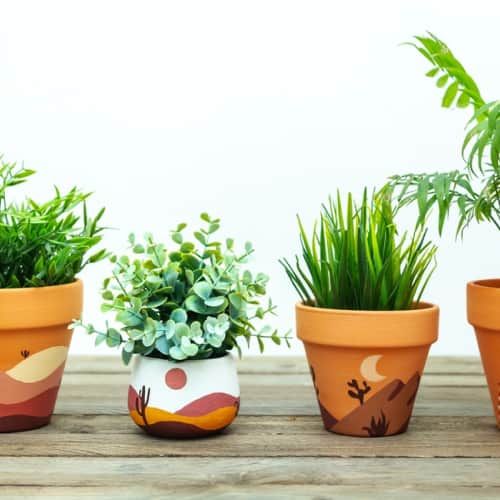
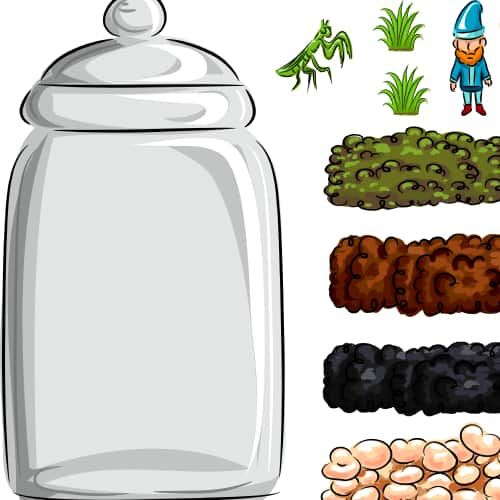
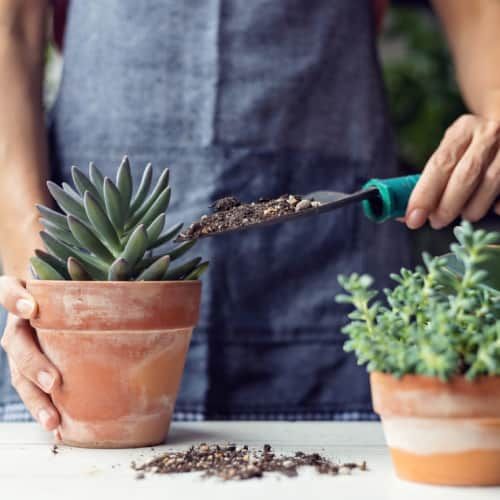
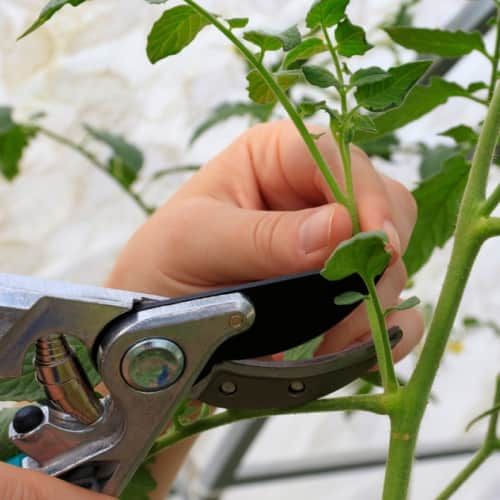
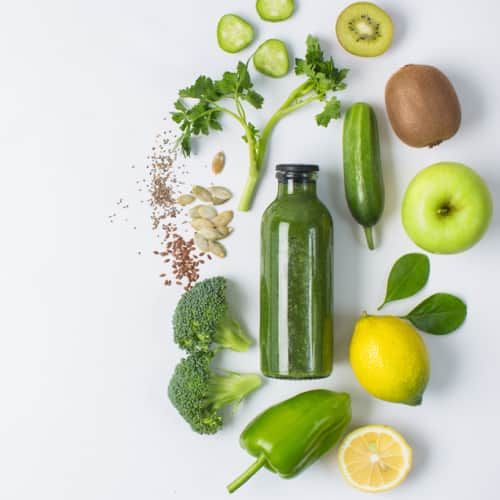
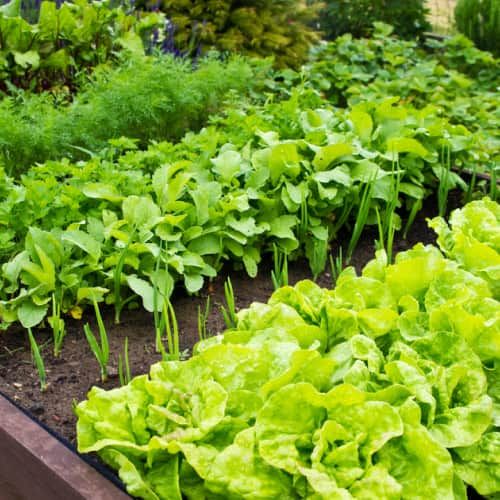













Hello there, just became aware of your blog through Google,
and found that it is truly informative. I am going to watch out for brussels.
I’ll appreciate if you continue this in future. Numerous people
will be benefited from your writing. Cheers!